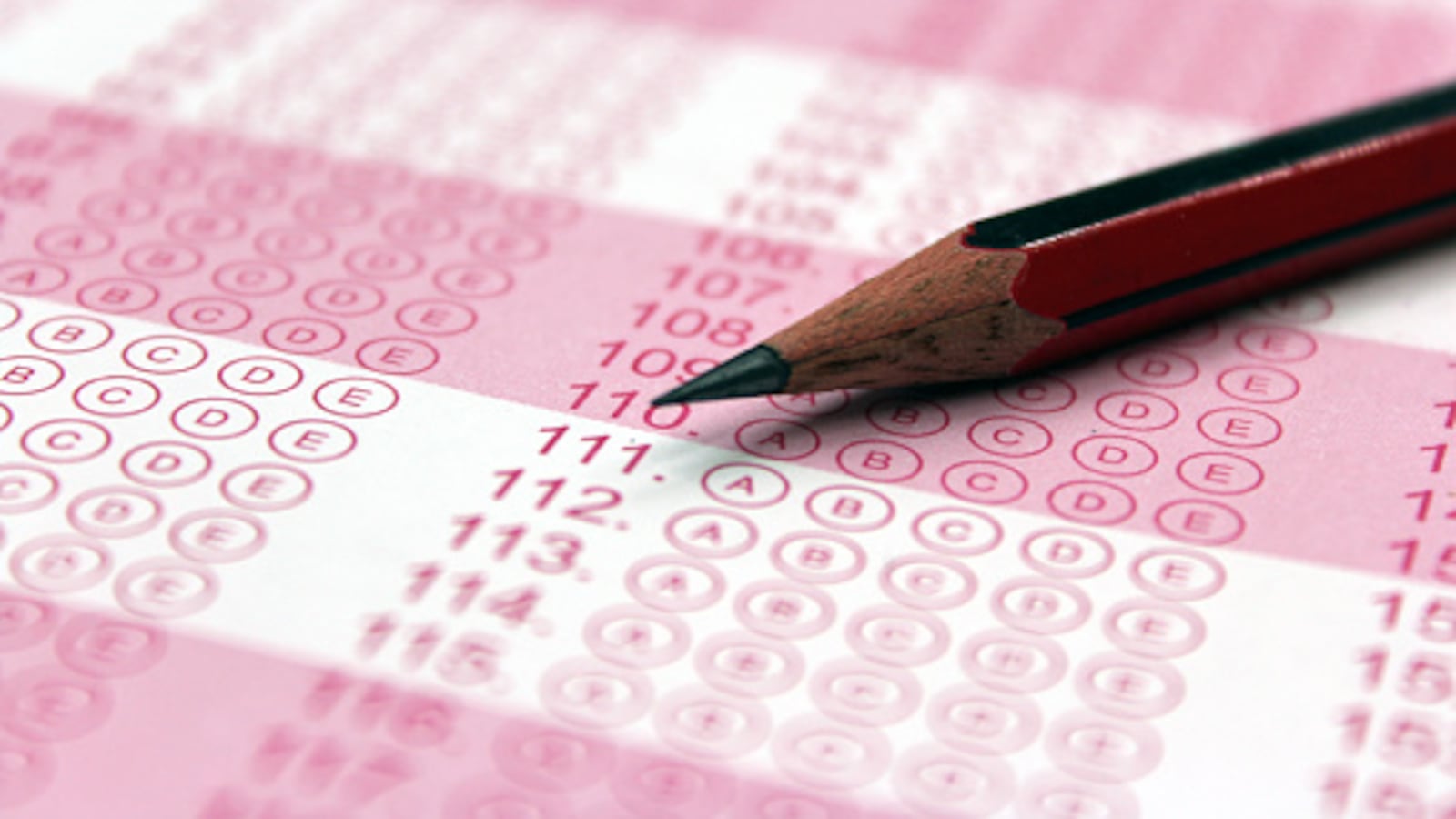The wait is almost over: State test scores will be released by the end of this month, education officials confirmed.
Despite the state’s steady shift away from how standardized tests are used to hold schools and teachers accountable, the exams still carry weight — and provoke anxiety — among New York City parents and educators.
For one, the city’s most competitive high schools consider students’ scores on these exams when deciding who should get a seat. And while other factors, such as academic progress, are now considered, these scores still have the biggest influence in helping state officials determine how well a school is doing — and how much it’s struggling.
Though the state hasn’t said when exactly the results would be released, they are expected before the end of August. That’s about a month before they came out last year, which officials blamed on changes to the testing format. This year’s release will be the first time since 2017 that New Yorkers will be able to compare scores year over year, and it will be the first year ever to include test-takers who were part of Mayor Bill de Blasio’s first expansion of universal pre-K.
Here’s what we’ll be looking at when the scores come down.
Apples to apples
In 2018, state tests were administered over two days instead of three, prompting education officials to warn against comparing the results to 2017 results. And in 2016, state education officials said year-over-year comparisons were unreliable because of policy changes that gave students unlimited time on the tests and cut the number of questions.
But the tests remained unchanged in 2019, so we’ll be able to see how New York City students performed on the exams, compared to 2018, and how their results stack up to those of children across the state. Last year, city students continued the trend of notching higher scores than other large cities and did better than the rest of the state on reading exams, though they lagged slightly behind students statewide in math proficiency.
We’ll look for how many students are opting out of taking standardized tests. That rate has remained relatively low, though inched up slightly in New York City last year to 4.4 percent. Statewide, about 18 percent of students chose not to take the exams last year, a 1 percent drop from the year before, even though the state moved to ease the penalties on schools where more than 5 percent of students consistently sit out the tests.
Score disparities
We’ll examine how students of color performed, compared to their white peers, who have on average scored higher on these tests than black and Hispanic students. While that disparity between racial groups has narrowed over the years, it’s an issue education officials continue to describe as troubling and in need of more work. Last year, some members of the state’s Board of Regents were alarmed by the disparities and called for a deeper analysis of why the so-called achievement gap still exists.
We’re also curious about how students learning English as a new language are scoring on these tests. Though there’s been some modest improvement over the years, this group has historically passed the exams at lower rates than their English-speaking peers.
Pre-K
This year’s test-takers included the inaugural class of students enrolled in the first expansion wave of the mayor’s signature universal pre-K program. That early push expanded full-day pre-K to about 53,000 students — 33,000 more children than before it was rolled out.
It will be tough to judge the program’s exact effect using test scores, even if reading and math proficiency rises for third graders. (We don’t know how many third graders took the tests this year, but 68,675 students took the math test, while about 67,000 took reading portion last year). Not all of those test-takers will be universal pre-K alums, and it won’t be clear how many of the children who first enrolled in the program are still attending New York City schools.
But the results could serve as a starting point in assessing universal pre-K’s effect on literacy down the road. Mayor Bill de Blasio has acknowledged that “multiple measures” should be used in assessing the program’s success, but he’s expecting progress.
“I think we’ll start to see [in 2019] more of the results of having a universal literacy approach,” de Blasio said at a press conference last year about state test scores. “But even that, I think, could take another year or more to really fully play out. I do expect progress.”

